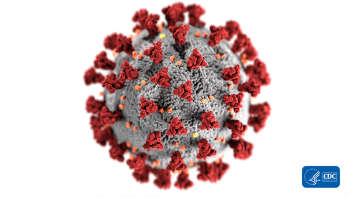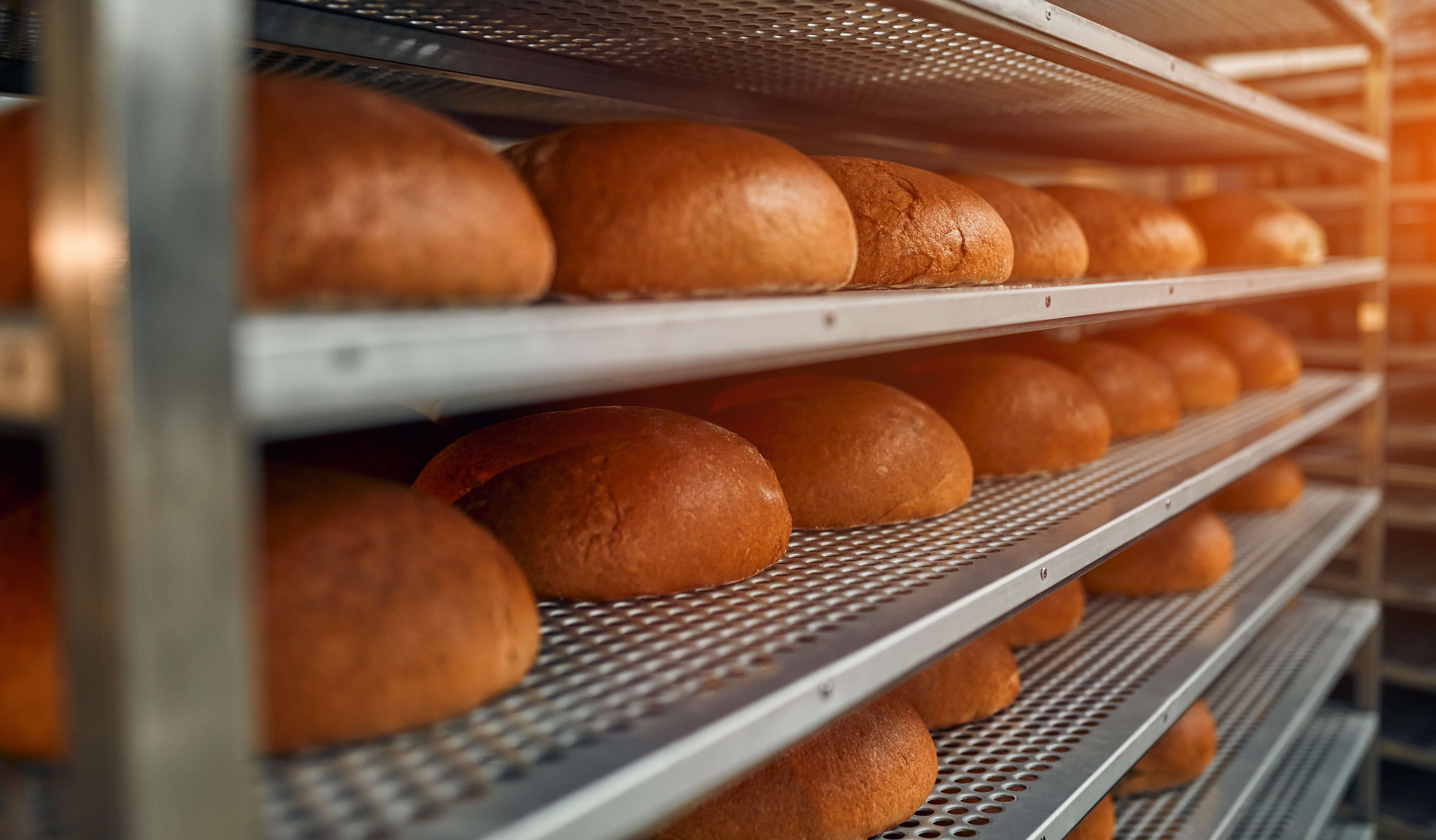Coronavirus (COVID-19) Pandemic: Addressing PPE Needs in Non-Healthcare Setting
 Coronavirus (COVID-19) Pandemic: Addressing PPE Needs in Non-Healthcare Setting
Coronavirus (COVID-19) Pandemic: Addressing PPE Needs in Non-Healthcare Setting
This guidance summarizes how organizations should consider and manage their personal protective equipment (PPE) needs while ensuring the protection of workers during the coronavirus (COVID-19) pandemic response.
Objective
The COVID-19 National Strategy for Addressing Personal Protective Equipment (PPE) Shortage seeks to ensure protection against COVID-19 for healthcare workers, first responders, and patients by implementing three pillars of practice: reduce, reuse and repurpose. Industries that use similar PPE (e.g., N95 respirators) as part of their normal duties will be challenged in obtaining PPE while available supply is prioritized for healthcare workers and
first responders. Industries whose essential critical infrastructure workers need PPE to perform their duties should continue working with suppliers to acquire needed PPE, but should expect shortages to continue. All industries
should immediately implement strategies to preserve existing supplies of PPE and find alternative work methods to address shortfalls.
Preservation Strategies for Non-Healthcare Settings
A critical component in implementing PPE preservation strategies is determining the appropriate level of PPE for use. Non-healthcare industries should carefully consider whether PPE is required by law or regulation as part of their routine duties, or whether it is needed for mitigating employee exposure to COVID-19.
If PPE is required by law or regulation as part of routine duties performed by essential critical infrastructure workers:
▪ Extend use times of undamaged, non-visibly soiled PPE, and implement expanded facility-based PPE reuse policies and procedures.
▪ Adapt and implement Centers for Disease Control and Prevention (CDC) strategies for healthcare to optimize the supply of PPE and equipment, and best practices to sustain PPE supplies.
▪ Implement decontamination and reuse strategies of filtering facepiece respirators as contingency and crisis capacity measures.
▪ Understand and track PPE requirements and burn rates. Utilize CDC’s PPE burn rate calculator if you lack an existing means to do so.
Recent Blog Posts
The FMI Foundation, in partnership with SQFI, awarded 19 scholarships from 152 applications for the 2025-2026 Food Safety Auditing Scholarship program.
Private brands in the grocery industry are experiencing significant growth, evolving from budget alternatives to strategic assets that drive customer loyalty and distinguish retailers.
Recall prevention means embedding food safety throughout your operations so those failures never reach the customer.




